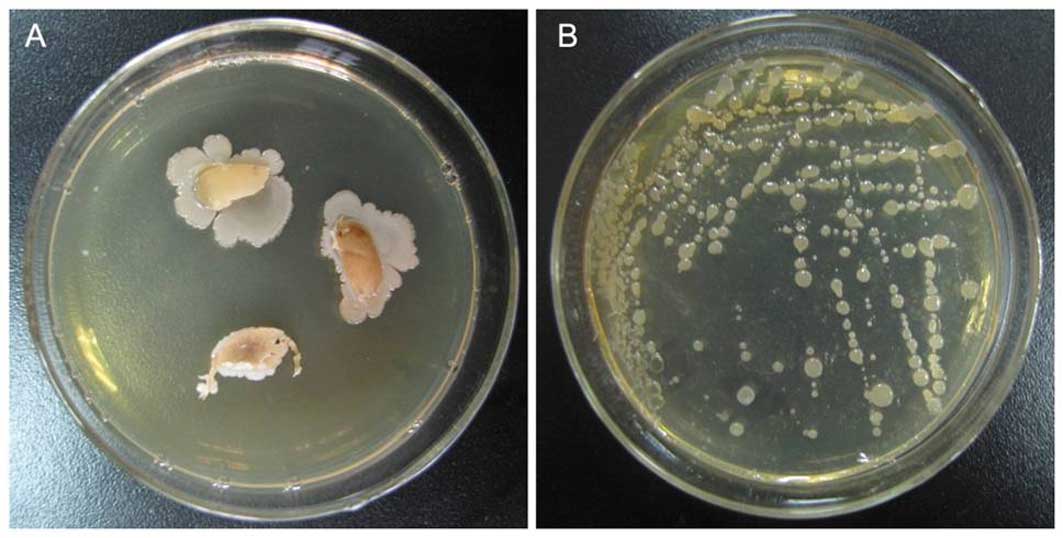Bacillus amyloliquefaciens
Bacillus amyloliquefaciens is a flagellated bacterium of the genus Bacillus. It is the source of the BamHI restriction enzyme, and the synthesized natural antibiotic barnase.
Features
Bacillus amyloliquefaciens is a Gram-positive, rod-shaped, motile, peritrichous flagellated, 0.7 to 0.9 microns × 1.8 to 3 microns large bacterium that occurs often in chains. Like all bacteria of the genus Bacillus is B. amyloliquefaciens an aerobically growing Endosporenbildner, the spores are elliptical. The optimum growth temperature range is 30 to 40 ° C, 15 ° C and 50 ° C, it does not grow. The Voges - Proskauer reaction is positive and reduced nitrate to nitrite.
History
B. amyloliquefaciens was discovered in 1943 by Japanese scientist Fukumoto. By 1987, its status was controversial as its own species and he was considered a subspecies of Bacillus subtilis.
Use
Two strains of the subspecies B. amyloliquefaciens subsp. plantarum are produced industrially. The tribe FZB 42 is used as a soil additive. The strain QST 713 is approved in Germany and Switzerland as plant protection products.










